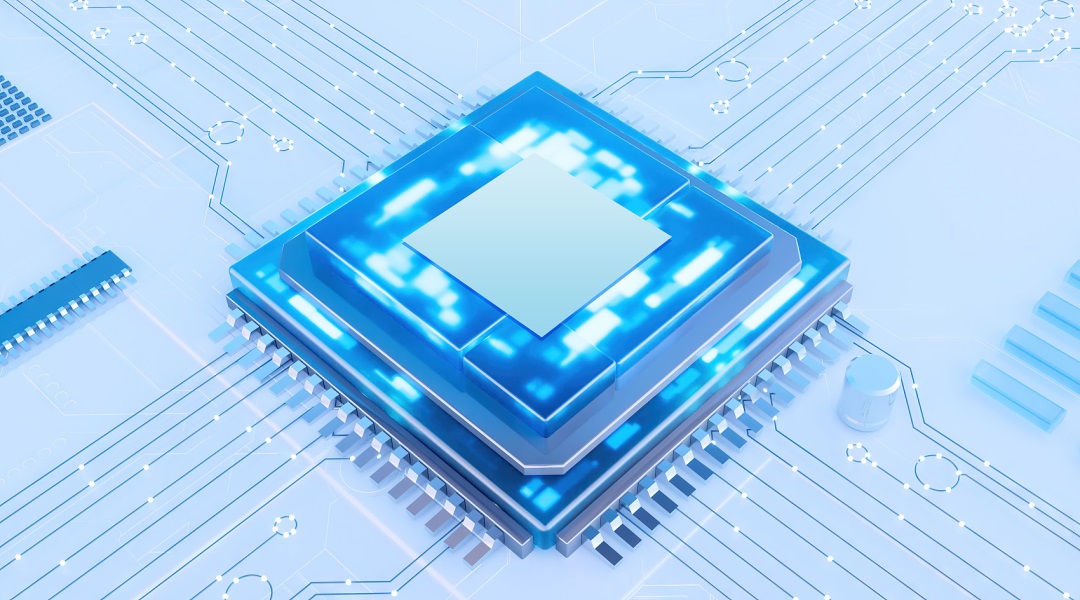In today’s era of rapidly advancing electronics technology, traditional PCB (Printed Circuit Board) materials are facing the limits of their performance. With the continuous increase in semiconductor device integration and the growing demand for higher frequencies and lower losses in 5G/6G communications, the industry is urgently seeking a new substrate material that can deliver superior electrical performance, excellent dimensional stability, and cost-effectiveness. Against this backdrop, glass substrate is emerging from behind the scenes and becoming a disruptive choice for next-generation semiconductor packaging and high-frequency communication applications.
Traditional PCB substrates primarily use organic materials such as epoxy resin (FR-4) or polyimide (PI). These materials have inherent limitations in terms of mechanical strength, coefficient of thermal expansion (CTE) matching, and high-frequency dielectric performance. Glass, as an inorganic material, offers a completely new solution to these challenges thanks to its unique physical and chemical properties.
1. Key Advantages of Glass Substrate: Why Glass?
Glass substrates offer a wide range of advantages, mainly reflected in the following areas:
1. Exceptional Dimensional Stability and Ultra-Low CTE
This is one of the most remarkable benefits of glass substrates. The CTE of glass typically ranges from 3–8 ppm/°C, which is significantly lower than that of conventional organic substrates (15–20 ppm/°C) and much closer to that of silicon dies (≈ 2.6 ppm/°C). Such CTE compatibility is crucial for advanced packaging, especially in direct chip-to-substrate bonding processes such as fan-out wafer-level packaging (FO-WLP) or 2.5D/3D IC integration. It effectively minimizes warpage and delamination caused by thermal stress, thereby improving package reliability and yield.
2. Superior High-Frequency Performance: Low Df and Dk
Glass materials exhibit significantly lower dielectric constant (Dk) and dissipation factor (Df) than traditional organic substrates. For instance, at GHz frequencies, glass can achieve a Df as low as 0.0015–0.0020, while standard FR-4 is around 0.015–0.020. This means signal transmission loss on a glass substrate is much lower, resulting in better signal integrity. This advantage is crucial for applications with stringent high-frequency requirements, such as 5G/6G mmWave communications, high-speed data centers, and AI accelerators. Lower Df helps suppress signal attenuation and crosstalk, ensuring lossless transmission of high-speed signals and improving overall system efficiency.
3. Surface Smoothness and Fine-Line Capability
The inherently smooth surface of glass (on the nanometer scale) enables the fabrication of ultra-fine circuit patterns. Line width/spacing down to 2/2 μm—or even smaller—can be easily achieved. This lays the foundation for high-density interconnect (HDI) designs and highly integrated packaging, supporting smaller, more powerful electronic devices.
4. Chemical Stability and Heat Resistance
Glass exhibits excellent chemical inertness and can resist corrosion from various chemicals. Its high glass transition temperature (Tg) ensures superior stability under high-temperature operating conditions.

2. Application Potential in Advanced Packaging
Glass substrates are increasingly regarded as a crucial platform for next-generation packaging, particularly in 2.5D/3D IC integration, fan-out packaging, and high-density heterogeneous integration.
2.5D/3D IC Packaging
In 2.5D packaging, multiple dies are stacked or placed on a silicon interposer connected using TSV (Through-Silicon Via) technology. However, silicon interposers are expensive and limited in size. Glass interposers provide a compelling alternative due to their lower cost, larger panel size, and CTE compatibility with silicon. Glass interposers can be processed with through-glass vias (TGVs) using laser drilling or wet etching, followed by filling and metallization, achieving vertical chip-to-chip interconnects. As TGV technology and glass panel-level packaging (PLP) processes mature, glass substrates are expected to replace some silicon interposers, becoming a key technology for high-performance computing and data centers.
Fan-Out Packaging
Fan-out packaging redistributes chip I/Os onto a larger substrate area, enabling more I/O connections and smaller package footprints. While organic materials currently dominate fan-out substrates, glass substrates—with their excellent dimensional stability and low CTE—can significantly reduce warpage during the redistribution layer (RDL) process, improve yield, and support finer RDL line/space, thereby enabling higher-density and higher-performance fan-out packages.
Looking forward, as technologies such as 5G/6G, artificial intelligence, IoT, and high-performance computing continue to evolve, the requirements for electronic packaging and PCB substrate materials will become even more demanding. With its unique performance advantages, glass substrate is expected to play an increasingly important role in advanced packaging, high-frequency communication modules, and even AR/VR devices.
With ongoing breakthroughs in materials science, manufacturing processes, and packaging technologies, glass substrates are poised to become a key enabler for the next generation of electronics—driving the industry toward higher performance, smaller form factors, and lower power consumption.